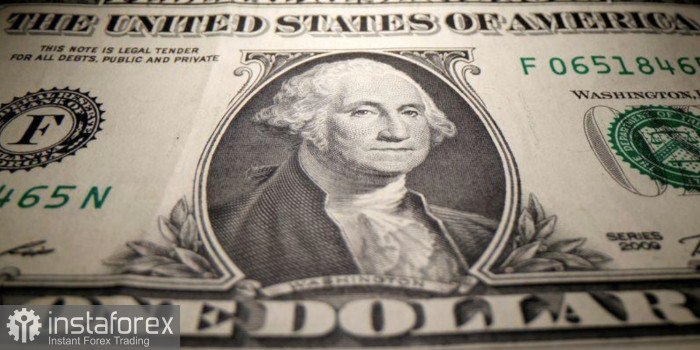Yesterday, the U.S. dollar continued its rise against a number of currencies — with the euro and the Japanese yen suffering the most.
The dollar's rally resumed after Minneapolis Federal Reserve Bank President Neel Kashkari warned that any sharp cut in U.S. interest rates could lead to higher inflation. His remarks, delivered amid growing expectations of imminent monetary easing, had a significant impact on the currency market. Investors, weighing the risks associated with premature policy loosening, once again turned to the dollar as a relatively safe asset.

Kashkari's comments highlighted the dilemma facing the Federal Reserve. On the one hand, slowing economic growth and moderating inflation push toward rate cuts. On the other hand, aggressive easing could spark a fresh wave of inflation and undermine confidence in the central bank. Meanwhile, the strengthening of the dollar is putting pressure on other currencies, particularly those of emerging markets, which are becoming less attractive to investors. This could trigger capital outflows and worsen financial conditions in those economies.
"We could well see a sharp increase in inflation in the economy," Kashkari said Tuesday during a panel discussion on artificial intelligence and the economy, organized by the Minnesota Star Tribune. "Essentially, if you try to push the economy to grow faster than it is able to, in terms of production and pricing capacity, you'll just end up with higher inflation."
The Minneapolis Fed president, who does not vote on monetary policy this year but takes part in FOMC discussions, also warned that current economic data show some signs of stagflation, given slowing growth and persistent inflation. "Some of the data we are looking at are flashing stagflation signals," he said.
With the U.S. government shutdown preventing the release of important statistics, many market participants are now paying much closer attention to statements from Federal Reserve officials. Going forward, the dollar's performance will depend on incoming economic data — once the shutdown is resolved — as well as the rhetoric of key Fed representatives. If inflation continues to decline and the economy shows signs of weakness, the likelihood of rate cuts will increase, which could weaken the dollar. However, if inflation remains sticky, the Fed may refrain from easing, which would keep the dollar supported at current levels.
As for the current technical picture of EUR/USD, buyers now need to focus on reclaiming the 1.1650 level. Only this would allow a move toward testing 1.1680. From there, a climb to 1.1715 becomes possible, but achieving this without support from major players will be quite difficult. The furthest target would be the 1.1745 high. In case the trading instrument falls, I expect serious buyer activity only around the 1.1610 level. If no one shows up there, it would be better to wait for a retest of the 1.1570 low or open long positions from 1.1530.
As for the current technical picture of GBP/USD, pound buyers need to take out the nearest resistance at 1.3405. Only then would it be possible to aim for 1.3450, above which it will be quite difficult to break through. The furthest target would be the 1.3490 level. In the event of a decline, bears will attempt to regain control at 1.3365. If they succeed, breaking that range would deal a serious blow to bull positions and push GBP/USD down to the 1.3325 low, with the prospect of reaching 1.3280.
 English
English 
 Русский
Русский Bahasa Indonesia
Bahasa Indonesia Bahasa Malay
Bahasa Malay ไทย
ไทย Español
Español Deutsch
Deutsch Български
Български Français
Français Tiếng Việt
Tiếng Việt 中文
中文 বাংলা
বাংলা हिन्दी
हिन्दी Čeština
Čeština Українська
Українська Română
Română

